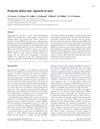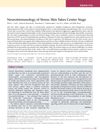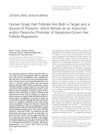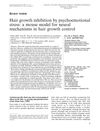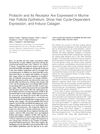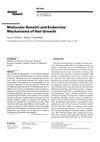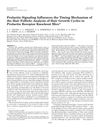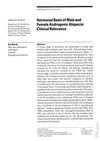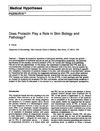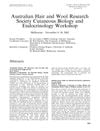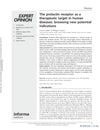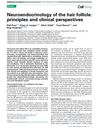Prolactin and the Skin: A Dermatological Perspective on an Ancient Pleiotropic Peptide Hormone
December 2008
in “
Journal of Investigative Dermatology
”
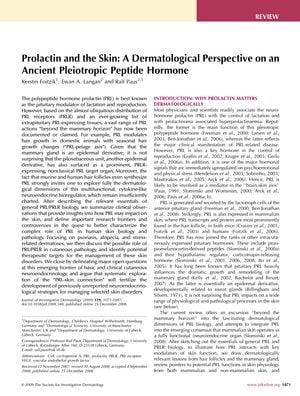
TLDR Prolactin affects hair growth and skin conditions, and could be a target for new skin disease treatments.
The document from 2009 explores the role of prolactin (PRL) in skin biology, emphasizing its widespread presence in skin cell populations and its complex role in skin immune responses and epithelial biology. PRL is known to influence hair growth, with evidence suggesting it primarily acts as a hair growth-inhibitory hormone, although there are site-, gender-, species-, and dose-dependent variations. PRL and its receptors (PRLR) are implicated in various skin conditions, including psoriasis, alopecia, and stress-related dermatoses, and may contribute to the pathogenesis of these diseases through its effects on keratinocyte proliferation, immune cell differentiation, and angiogenesis. The document underscores the potential of PRLR-mediated signaling as a therapeutic target for skin disorders, noting the need for more effective PRLR antagonists. Further research is encouraged to better understand the "PRL-skin connection" and develop new strategies for managing skin diseases.
